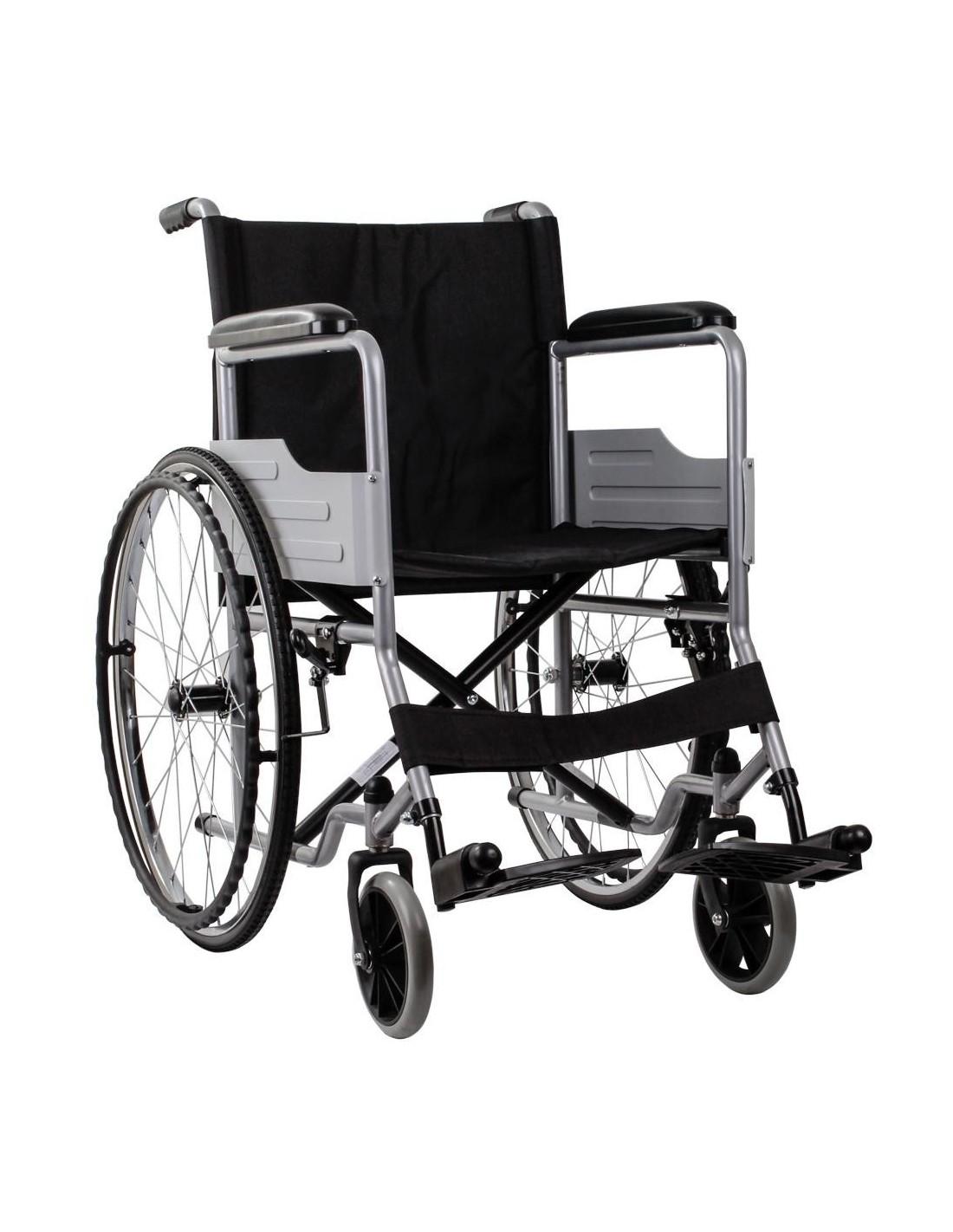Welcome to our comprehensive guide on walking frames! If you or a loved one are facing mobility challenges, walking frames can be a game-changer. Designed to provide support and stability, walking frames can help individuals regain their independence and confidence.
In this guide, we will walk you through everything you need to know about walking frames from understanding their types and benefits to choosing the right one for your needs and using it safely. So, let’s dive in and step with confidence!
I. Understanding Walking Frames:
– Walking frames are assistive devices that provide support for individuals with mobility issues. They are designed to distribute weight evenly, allowing users to maintain balance and stability while walking.
– There are various types of walking frames available in the market, each catering to specific needs. Standard frames are simple and sturdy, providing basic support. Rollators, on the other hand, come equipped with wheels and brakes, allowing for easier maneuverability. Knee walkers are designed for individuals with lower leg injuries, providing support while keeping the injured leg elevated.
– The benefits of using a walking frame are multi-fold. Not only do they offer improved stability and balance, but they also enhance independence and confidence. Walking frames provide a sense of security, allowing individuals to navigate their surroundings with ease and peace of mind.
II. Choosing the Right Walking Frame:
– When selecting a suitable walking frame, several factors need to be considered. One crucial factor is height adjustment. It is essential to choose a frame that can be adjusted to the user’s height to ensure proper posture and comfort.
– Weight capacity is another important consideration. Different frames have different weight limits, so it is crucial to choose a frame that can support the user’s weight.
– Maneuverability is also key. Rollators, with their wheels and brakes, offer greater mobility compared to standard frames. However, it is important to assess one’s surroundings and determine the level of maneuverability required.
– It is always recommended to consult healthcare professionals, such as physiotherapists or occupational therapists, when selecting a walking frame. They can assess individual needs and provide personalized recommendations.
– Additional features like wheels, brakes, and accessories can greatly enhance the user experience. Wheels allow for easier movement, while brakes provide added safety. Accessories like baskets or trays can be useful for carrying personal belongings or food and drinks.
III. Proper Usage and Safety Guidelines:
– Correctly using a walking frame is crucial for maximizing its benefits and ensuring safety. Start by adjusting the height of the frame so that the handles are at wrist level. This allows for a comfortable grip and proper posture.
– When gripping the handles, make sure to use the entire hand rather than just the fingers. This provides better stability and control.
– While walking with the frame, it is important to maintain an upright posture. Keep the back straight, shoulders relaxed, and look forward. This not only improves balance but also promotes good overall posture.
– Safety precautions should always be taken while using a walking frame. Wear appropriate footwear with good traction to prevent slipping. Avoid walking on slippery surfaces or uneven terrain. Take breaks when needed to prevent fatigue.
– Challenges such as doorways or stairs can be overcome by using specialized accessories like ramps or stair climbers. These assistive devices can make navigating obstacles much easier and safer.
IV. Maintenance and Care:
– Regular maintenance is essential for the longevity and optimal functionality of walking frames. Inspect the frame regularly for any damages or wear-and-tear parts. Replace damaged parts promptly to avoid accidents or further deterioration.
– Cleaning the walking frame is important for hygiene purposes. The cleaning process may vary depending on the type of frame. Metal frames can be wiped down with a damp cloth, while rollator wheels may require periodic lubrication to ensure smooth movement.
– When not in use, it is important to store the walking frame in a safe place to prevent accidents or damage. Avoid leaving it in areas where it may get knocked over or obstruct walkways.
V. Tips for Building Confidence with Walking Frames:
– Using a walking frame can be a new experience, and it’s natural to feel a bit self-conscious at first. However, it’s important to remember that walking frames are tools that enhance mobility and independence.
– Stay positive and motivated! Remind yourself of the progress you have made and the newfound freedom you are experiencing with your walking frame.
– Engaging in exercises or physical therapy routines specifically designed for individuals using walking frames can help improve strength, balance, and overall confidence.
– Seek support from friends, family members, or support groups who can provide encouragement and understanding. They can be a valuable source of emotional support on your journey to walking with confidence.
Conclusion:
Congratulations on completing our ultimate guide to walking frames! We hope this comprehensive overview has provided you with all the necessary information to confidently choose, use, and maintain a walking frame.
Remember, walking frames are not just assistive devices; they are tools that empower individuals with mobility challenges to step into a world of independence and freedom. Embrace your newfound confidence, and enjoy the journey of stepping out with your walking frame!



